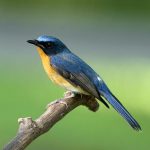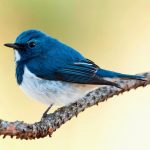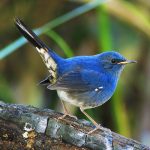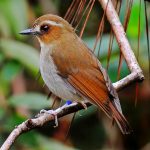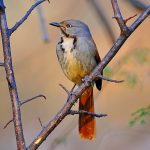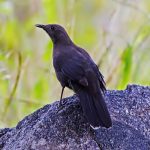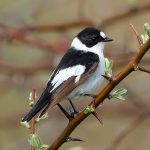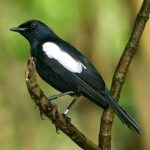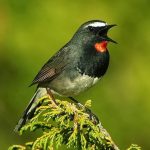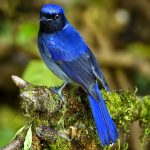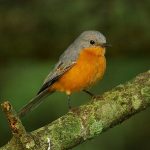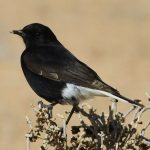Chat flycatcher
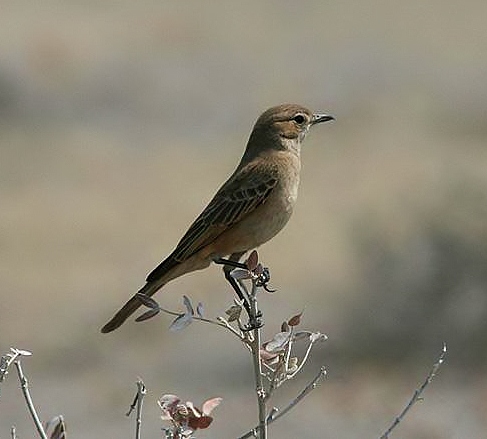
 |
| Photo by Aleix Comas (Internet Bird Collection) |
Common name:
chat flycatcher (en); papa-moscas-chasco (pt); gobemouche traquet (fr); papamoscas africano (es); drosselschnäpper (de)
Taxonomy:
Order Passeriformes
Family Muscicapidae
Range:
This species is found in southern Africa, along the coast of southern Angola, in Namibia, Botswana and western South Africa.
Size:
These birds are 20 cm long and weigh 30-35 g.
Habitat:
The chat flycatcher is mostly found in dry savannas and dry karoo scrublands, and also in desert areas.
Diet:
They forage from a low perch, pouncing on prey on the ground, mainly taking insects such as termites, bugs, beetles, ants and grasshoppers. They also hunt small reptiles such as blind snakes.
Breeding:
Chat flycatchers breed all year round, but with a peak in September-March. The nest is a bulky, untidy bowl built of dry plant stems, twigs and coarse grass lined with finer material such as rootlets and plant down. They often use aromatic plants, such as cudweed Gnaphalium and everlastings Helichyrsum, probably because they repel insects. The nest is placed in a low scrub. The female lays 2-3 eggs, which she incubates alone for 14-15 days, while the male brings her food. The chicks are fed and brooded by both parents and fledge 11-14 days after hatching.
Conservation:
IUCN status – LC (Least Concern)
This species has a very large breeding range and is described as uncommon to locally very common. The population is suspected to be stable in the absence of evidence for any declines or substantial threats.
